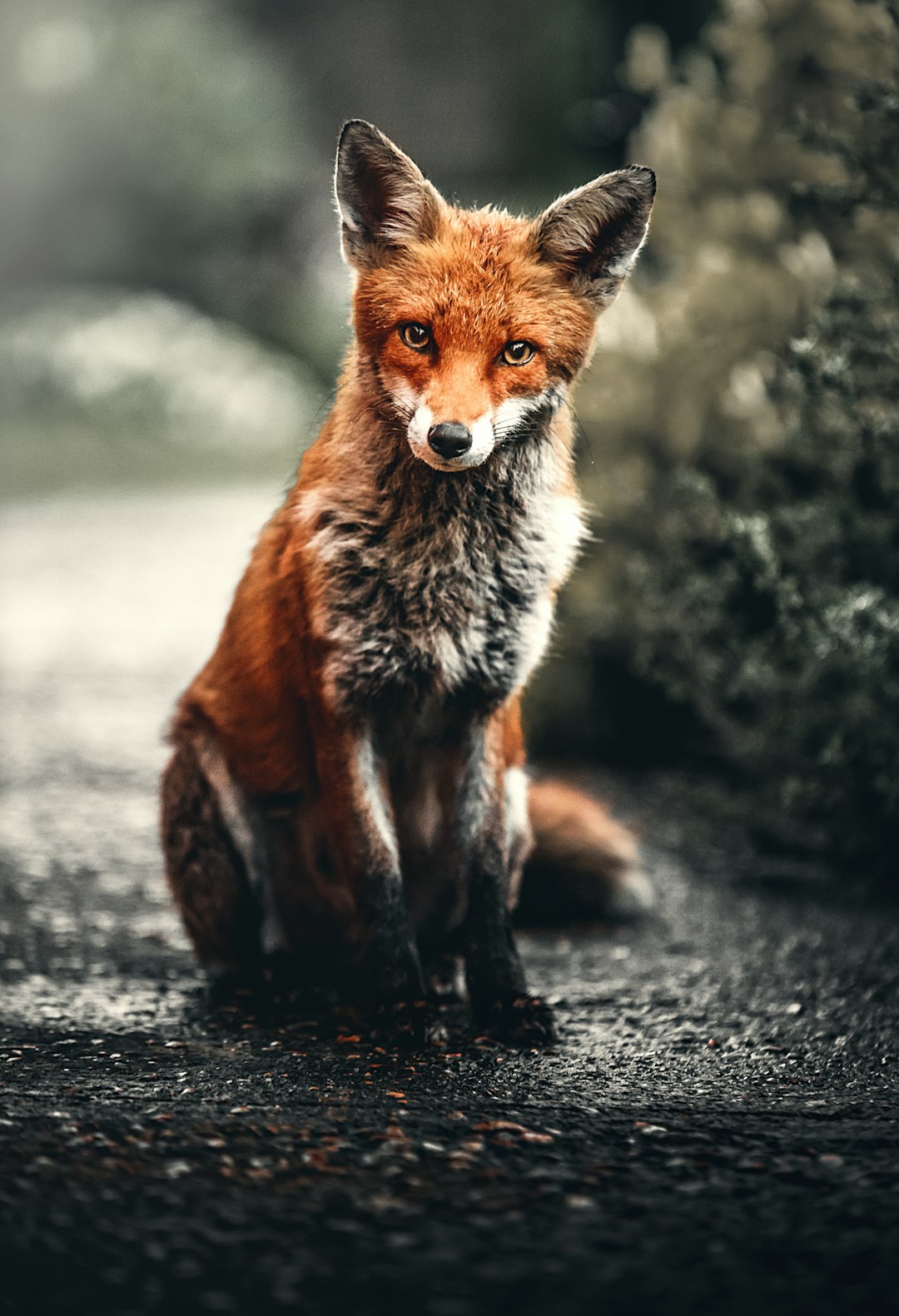Unraveling the Mysteries of Animal Communication and Body Language
The animal kingdom is a living, breathing testament to the wonders of nature. Within this vast and diverse realm, animals have developed fascinating means of communication and body language that allow them to express themselves and interact with one another. Unraveling these mysteries helps us gain a deeper understanding of the natural world around us.
While animals may not communicate through words or language as humans do, they possess a complex system of communication that relies on vocalizations, body movements, scents, and even visual displays. These modes of communication serve various purposes, including finding mates, establishing territory, expressing dominance, warning others of danger, and signaling distress.
One of the most well-known forms of animal communication is vocalization. Birds, for example, use an impressive array of calls, songs, and melodies to convey messages. Each species has its own unique vocal repertoire, and different tones or melodies can indicate a bird’s mood or intentions. Some birds even mimic the sounds of other animals or human speech, showcasing their remarkable ability to imitate and learn.
Similarly, mammals also rely heavily on vocalizations to communicate. Dogs, for instance, use a range of barks, growls, and howls to convey their emotions and intentions. A playful and friendly bark may differ from a bark indicating fear or aggression. Likewise, the rich and complex songs of whales have long fascinated researchers, with their haunting melodies carrying across great distances in the ocean.
However, animal communication is not limited to vocalizations. Many animals also utilize body language to communicate with one another. A prime example of this can be observed in the intricate courtship rituals of certain bird species. Peacocks, with their vibrant and expansive tail feathers, perform elaborate dances and displays to attract a mate. Such visual gestures serve as signals of the bird’s physical fitness, health, and genetic quality.
Body language also plays a crucial role in social hierarchies and dominance displays among animals. Wolves, for instance, use a combination of body postures, facial expressions, and vocalizations to establish and maintain their pack’s social structure. Dominant wolves tend to hold their heads high and stand tall, while submissive or lower-ranking individuals adopt lower postures, offering signals of deference and subordination.
Not all communication is as conspicuous, however. Some animals employ subtle yet effective techniques to convey messages. Take bees, for example. These social insects perform intricate dances, known as “waggle dances,” to communicate the location and distance of food sources or potential new hive locations. By varying the speed, direction, and duration of their dances, worker bees are able to provide their fellow hive members with precise information to navigate the surrounding environment.
Another fascinating aspect of animal communication is the use of scents or chemical signals. Many animals, including dogs, cats, and rodents, have scent glands that secrete pheromones, which contain chemical messages that are detected by other individuals of the same species. These pheromones can convey information such as reproductive status, territory ownership, or danger warnings. For example, female dogs release pheromones to signal they are in heat, attracting males from a distance.
Studying animal communication and body language not only grants us insights into their lives but also underscores the need for conservation efforts and mindful human-animal interactions. By understanding animal signals and respecting their boundaries, we can minimize disruptive or harmful interactions with wildlife.
In conclusion, the mysteries of animal communication and body language are vast and awe-inspiring. From the melodious songs of birds to the intricate dances of insects and the subtle scents emitted by mammals, animals have developed complex ways to communicate with one another. Through careful observation and research, we can unravel these mysteries, gaining a deeper appreciation for the rich tapestry of life that surrounds us. Let us strive to preserve and protect these incredible forms of communication, ensuring the survival and well-being of our fellow inhabitants on this planet.

